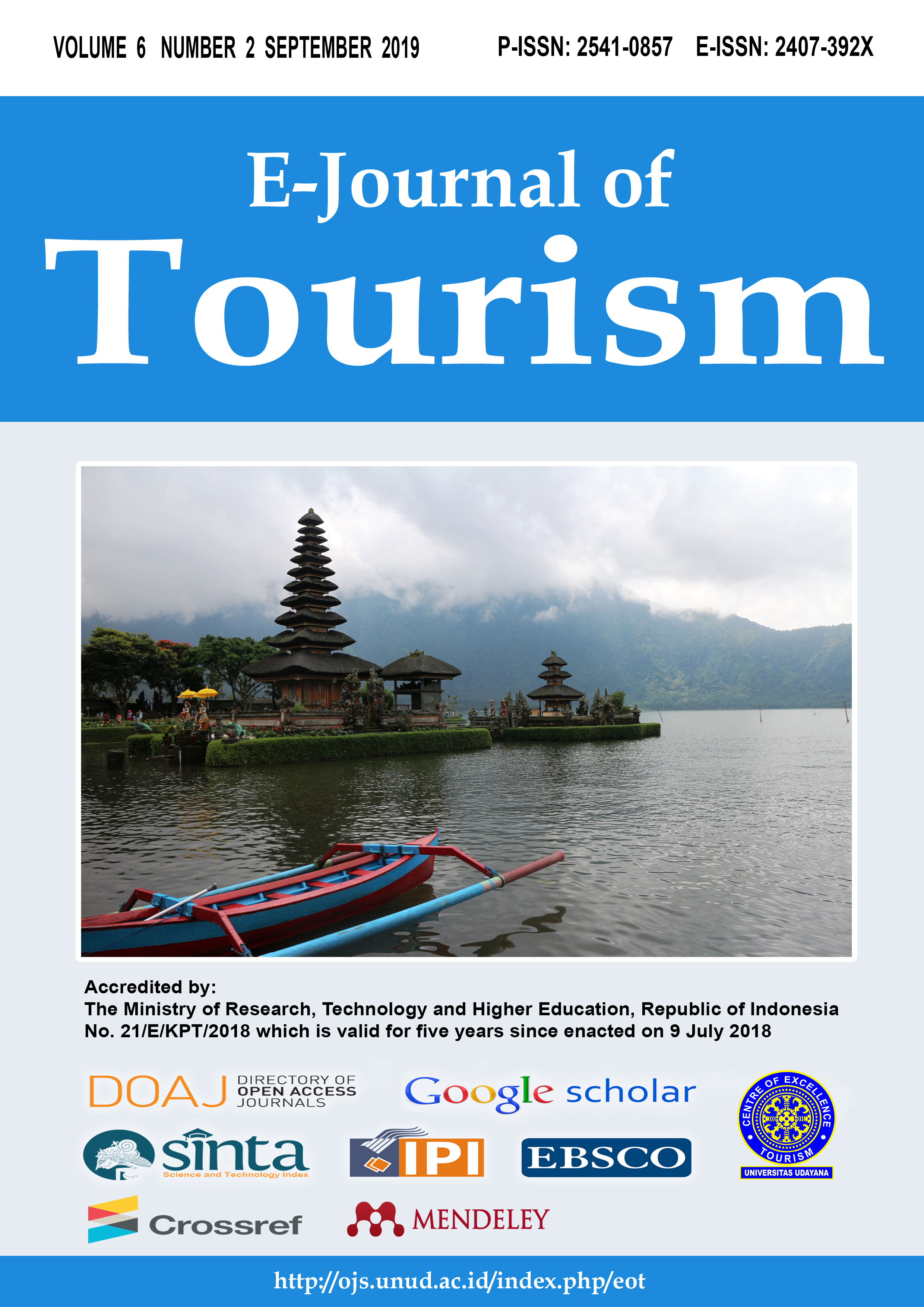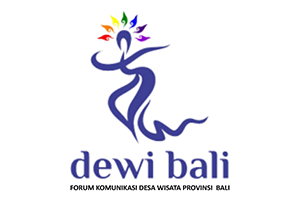Ecotourism Management Structuring at The Salak Mountain II Resort, Halimun Salak National Park
Abstract
The Salak Mountain II Resort Area, Halimun Salak National Park has several ecotourism objects that have a good ecotourist attraction. In the Salak Mountain II Resort area, there are several actors who have a role in management, where there are several obstacles faced during the course of the activity. The objectives in this study are 1) identifying elements in the management structure variables; 2) analyze the goals variable of ecotourism development, needs variable of ecotourism development, activity programs variable of ecotourism development, obstacles variable of ecotourism development, and actors variable of ecotourism development; 3) making the model of ecotourism management structuring. The method used in this study is descriptive qualitative with Interpretive Structural Modeling (ISM) analysis. The results of the study shown that the desired goals in managing the area are the conservation of natural resources and their ecosystems, and providing education to the community about environmental management. The desired need in area management is the existence of ecotourism legality. Some of the desired program activities in regional development and management are agrotourism, local cultural and artistic attractions, ecotourism, and natural recreation. Some obstacles in the development and management of the area are the limited human resources that have knowledge, skills in managing ecotourism areas and changes in the status of the utilization zone to the ecotourism zone. Salak Mountain II Resort Office, Koperasi Khalifah, Village-Owned Business Entity are actors who have very strong driving factors and function as variable linkage. Each element in the variable has different strengths as a driver and dependency.
Downloads
References
Buchsbaum B.D. (2004) Ecotourism and Sustainable Development in Costa Rica. Virginia Polytechnic and State University. USA.
Choy D.L. (1997) Perencanaan Ekowisata, Belajar dari Pengalaman di South East Queensland. Proceding in the Training and Workshop of Planning Sustainable Tourism. Bandung (ID): Penerbit ITB.
Dunn W. (1988) Methods of The Second Type : Coping with The Wildernessof Conventional Policy Analysis. Policy Studies Review, 7:720-737.
Ernawati A and Kusumoarto A. (2018) The Ecodesign Concept for Kondang Waterfall Ecotourism Object in Salak II Resort Area, The Halimun-Salak National Park. Sch. J. Arts Humanit. Soc. Sci. 6(5): 994-1020. doi : 10.21276/sjahss.2018.
Eriyatno and Sofyan F. (2007) Riset Kebijakan Metodologi Penelitian Untuk Pasca Sarjana. Bogor (ID): Institut Pertanian Bogor Press.
Fandelli C. (2000) Perencanaan Kepariwisataan Alam. Dalam Fandelli C dan Muchlisin (Editor). Pengusahaan Ekowisata. Fakultas Kehutanan, Universitas Gajah Mada. Yogyakarta, 157-167 hal.
Gunn CA. (1994) Tourism Planning : Basics, Concepts, and Cases. Third Edition. London (UK): Taylor & Francis Ltd.
Jubei S, Kusumoarto A, and Ernawati A. (2017) Analisis Trend Pengunjung Obyek Ekowisata di Kawasan Resor Gunung Salak II, Taman Nasional Gunung Halimun Salak. Temu Ilmiah Ke VI. Ikatan Peneliti Lingkungan Binaan Indonesia. Universitas Malikussaleh. Nanggroe Aceh Darussalam.
Machfud. (2001) Rekayasa Model Penunjang Keputusan Kelompok dengan Fuzzy Logic untuk Sistem Pengembangan Agroindustri Minyak Atsiri. [Disertasi]. Bogor (ID): Institut Pertanian Bogor.
Kusumoarto A and Ramadhan R (2016) Ecotourism and Suitability Evaluation of the Mount Salak Resort II in the Halimun-Salak National Park. In Radzi et al. (ed). Heritage, Culture and Society (London: Taylor & Francis Group (pp 831).
Kusumoarto A, Gunawan A, Machfud, and Hikmat A. (2017) Landscape Character of Pongkor Mining Ecotourism Area. 2nd International Symposium for Sustainable Landscape Development. doi :10.1088/1755-1315/91/1/012028.
Kusumoarto A, Gunawan A, and Nurazizah G.R. (2017) Landscape Potential Analysis for Ecotourism Destination in the Resort Ii Salak Mountain, Halimun-Salak National Park. 2nd International Symposium for Sustainable Landscape Development. doi :10.1088/1755-1315/91/1/012029.
Kusumoarto A and Ernawati A. (2017) Ecological Carrying Capacity Analysis of Ecotourism Objects In Salak II Resort Area, Halimun Salak National Park. Harmony with Nature Strengthening Relationships between Human and Environment. 1st International Geography Seminar. Univeritas Pendidikan Indonesia. Bandung. doi : 10.1088/1755-1315/145/1/012098
Porteous J.D. (1977) Environmental and Behavioral : Planning and Everyday Urban Life. Massachusetts (UK): Addison-Wesley Publ.Co.
Storey J. (1999) Changing Employment Practices in UK Banking : Case Studies. Personal Review Select 2, 3: 129-139.

This work is licensed under a Creative Commons Attribution 4.0 International License.
The copyright of the received article shall be assigned to the journal as the publisher of the journal. The intended copyright includes the right to publish the article in various forms (including reprints). The journal maintains the publishing rights to the published articles.




















